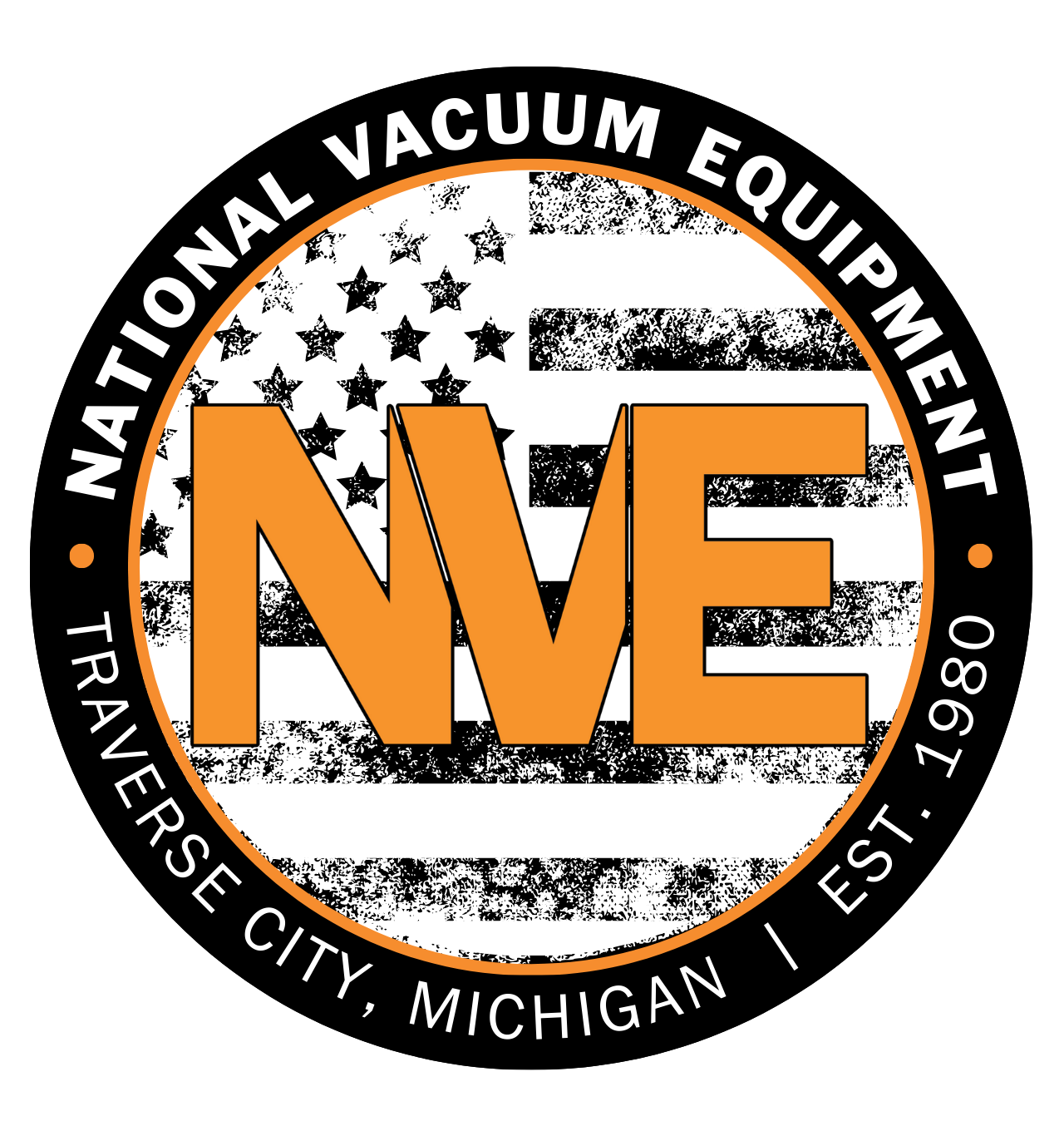
Downtown Traverse City's Latest Villain?
By Ross Boissoneau | July 15, 2017
Parking, antique brick repairs…they’re just a few of the issues downtown Traverse City building owners and their maintenance contractors face. But would you believe another major problem is a small flying animal?
It’s true. Seagulls have become a serious nuisance for those trying to work on the city’s rooftops or those trying to enjoy an outdoor meal.
“I was on top of Radio Centre on Front Street a couple years ago,” recalls Nathan Griswold of Inhabitect, a green roofing firm, “and the seagulls were dive-bombing us!”
“The homeowners at Uptown Condos on State and Pine have been battling them all summer,” he adds. “If I’d paid a lot of money for a condo I’d want to be able to go out on the (rooftop) patio,” says Griswold. “They (seagulls) are very territorial. It’s definitely a problem.”
The problem is at its worst in the late spring and early summer when seagulls are nesting.
Jeff Owens, owner of Max’s Service, says he sees the birds as a headache for most merchants and owners downtown, though one that decreases as the season goes on. “Definitely it’s a problem for us. The babies are jumping off the roof. As soon as they can fly, everything mellows out,” he says.
Count Tucker Hogarth of Hogarth Pest Control Company among those who are not fans of the screeching, hungry birds. “So, you want to talk about rats with wings?” he asks. He says the company gets more calls about seagulls every year. “This year we’ve had multiple bird jobs.”
Making it even more of a challenge is that, like most birds, seagulls enjoy protection from humans. They are protected by the Migratory Bird Treaty Act of 1918. “Only three birds aren’t protected: house sparrows, starlings and pigeons,” notes Hogarth. And unlike ducks or geese, there is no hunting season.
Seagulls are under the purview of the U.S. Fish and Wildlife Service, which does occasionally work with people who are having problems with the birds. Rick Rottman of the Fish and Wildlife Service says permits for dealing with them are sometimes issued; they are reviewed on a case-by-case basis. “If someone wants to lethally remove them or for nests and eggs removal, there are options,” he says.
Hogarth says his company has had customers complain about the birds flying at them, especially around outdoor seating areas at restaurants. That can be a concern for any food establishment: The birds often carry salmonella, campylobacter, and listeria.
Hogarth says it’s difficult to discourage the birds from the flat rooftops near the water, especially once they’re in the breeding season. He sometimes recommends products like Daddi Longlegs, a spinning set of plastic-tipped steel rods, or Eagle Eye, which reflects sunlight or artificial lights, though he adds such options “are not cheap.”
Another option is chemical repellent. Growing Magazine suggests using methyl anthranilate, which has an almost colorless liquid with a grape-like odor and taste, which birds do not like and is safe to use.
Nick Jacqmain, president of Springfield Roofing, says a seagull once got up close and very personal with one of his workers. “A former employee actually got hit,” he says.
That led to a new methodology when the company encounters seagulls. “It’s kind of a two-man process: One to do the work, and one to keep an eye out and tell the other when to duck. Even though they’re not very respectful of us we’re respectful of them!” Jacqmain says.
Comment






